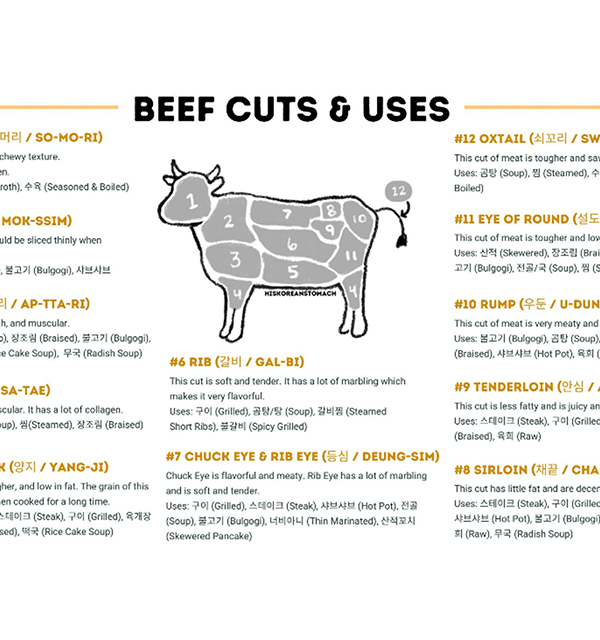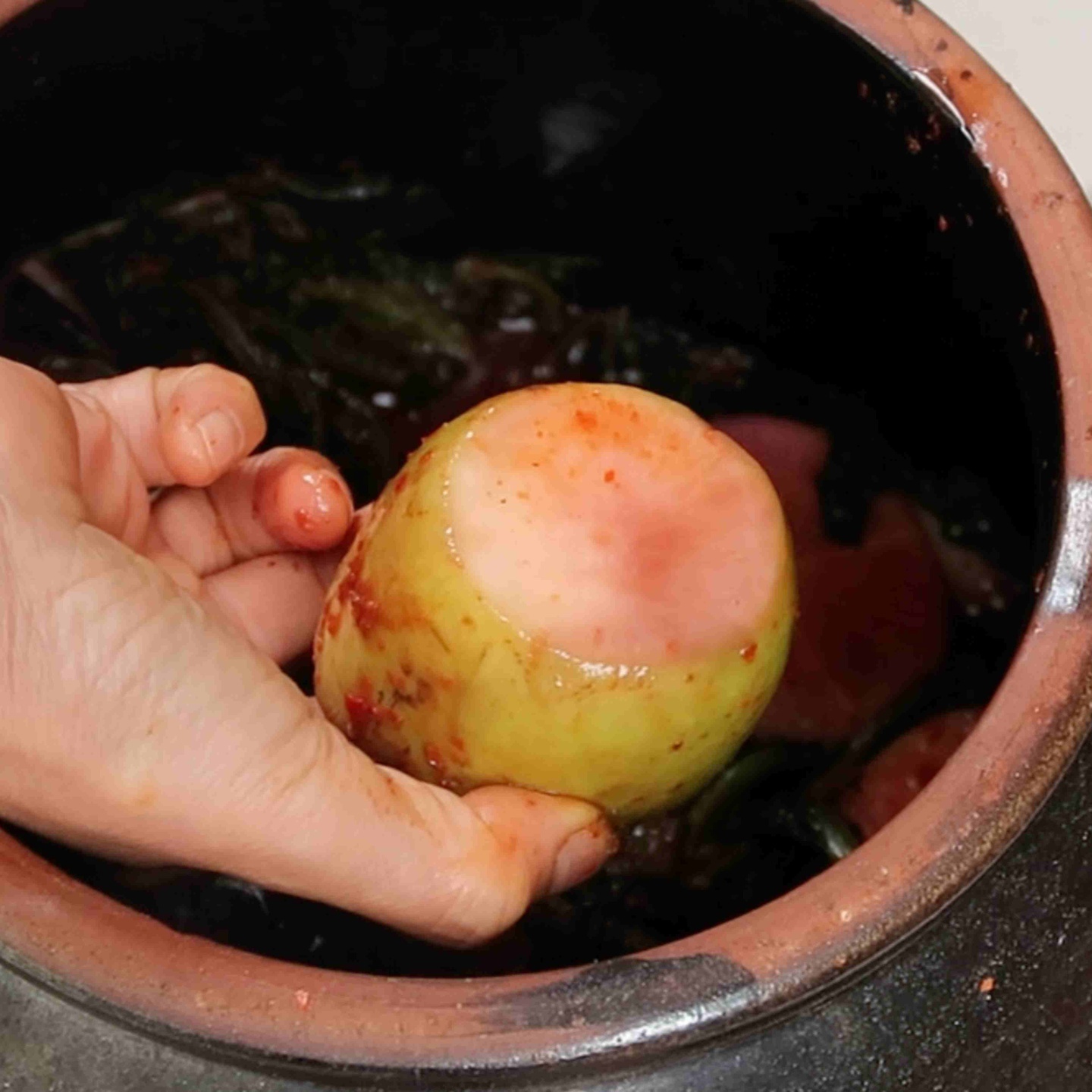Beef cuts can be broken down into three parts; marbling, connective tissue, and muscle fibers/tissues.
Marbling is the fat that runs through the beef cut. It contributes a lot to the flavor of the meat. It separates the muscles tissues and therefore makes the meat more tender and easier to chew.
Connective tissue is often found on older animals and muscles that are more exercised. It has a tough texture. There are two types of connective tissue; elastin and collagen. An example of connective tissue is “silver skin” which if kept on the cut of meat will result in a tough texture once that piece of meat is cooked.
Muscle fibers/tissue are connective tissues that bind the muscle fibers together, it keeps the piece of meat together.
The composition of the meat item is important to understand so that you can see why certain cuts of meat are best for certain dishes or cooking methods. Meat grain is another component of meat that when considered can give you a better product outcome.
Meat grain is present in beef, pork, lamb, and chicken. The grain of the meat is the direction of the meat fibers. When you are prepping your meat to grill or cutting a large, cooked piece of meat then you must cut against the grain. Cutting against the grain makes for a more tender cut and breaks up the fibers.


